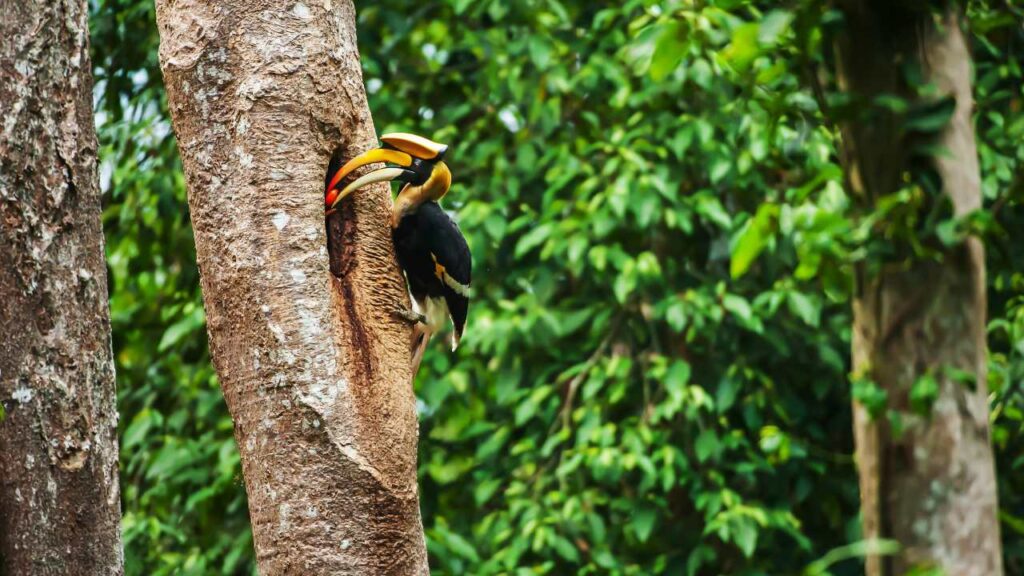Birds are fascinating creatures, and their nests are equally remarkable. From the tiniest hummingbird to the massive eagle, each species has its own unique way of building a home. In this listicle, we’ll explore 12 birds known for their extraordinary nests, showcasing the incredible ingenuity and craftsmanship of these feathered architects.
1. Baya Weaver
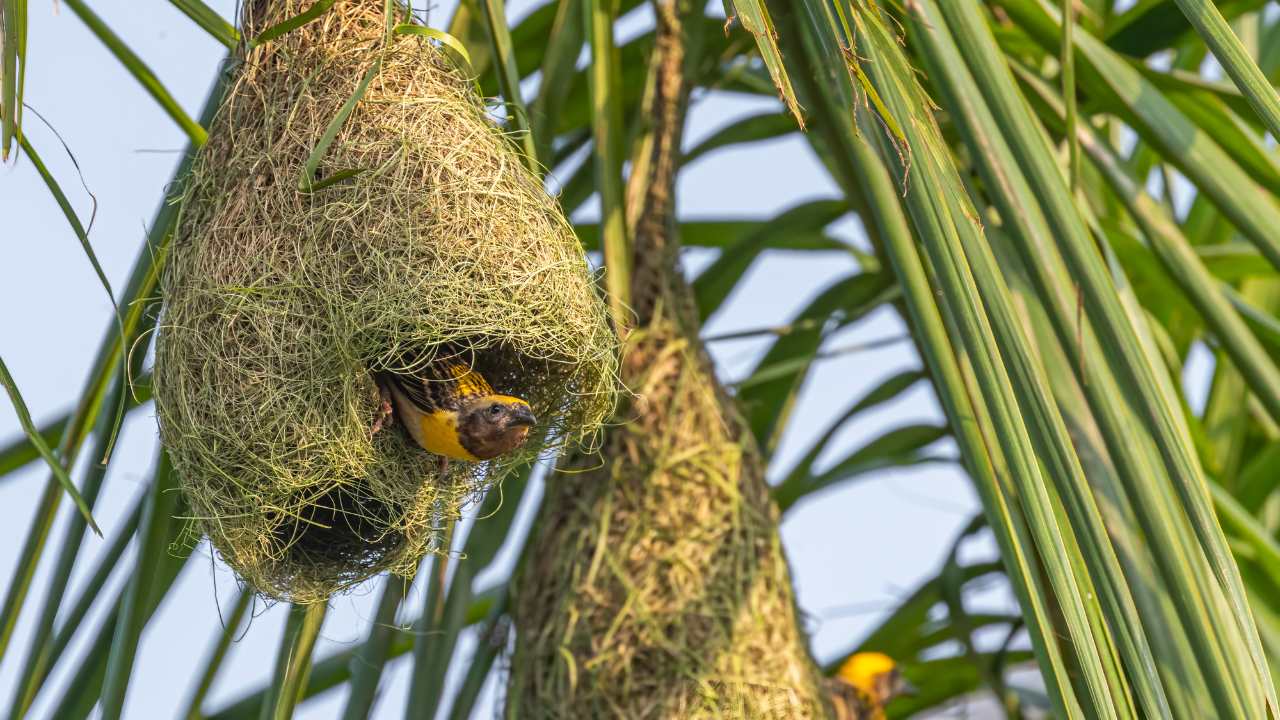
The Baya Weaver, found in South and Southeast Asia, is known for its intricate, pendant-shaped nests. These small birds weave together grass, strips of leaves, and sometimes even plastic strips to create their hanging homes. The nests are incredibly strong and can withstand heavy rains and strong winds. Baya Weavers often build their nests in colonies, creating a stunning display of avian architecture.
2. Sociable Weaver
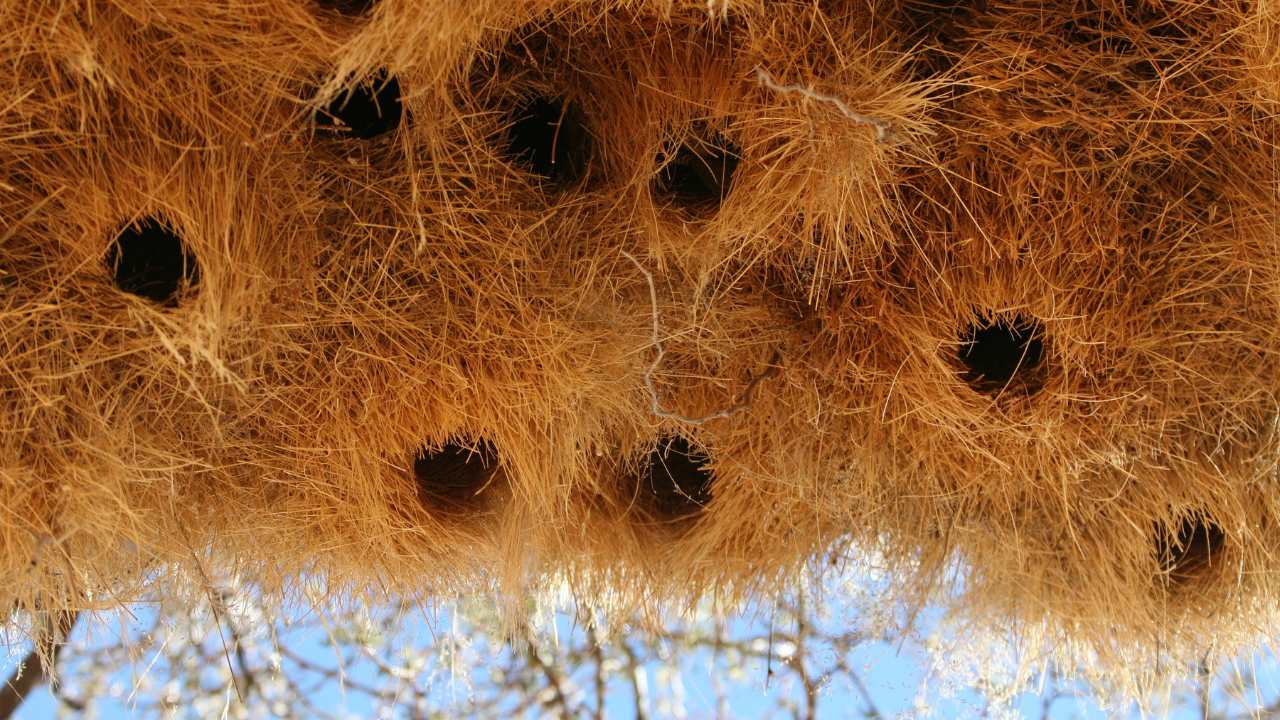
Sociable Weavers, native to southern Africa, are known for building the largest nests in the world. These nests are massive, apartment-like structures that can house up to 500 birds at a time. The nests are made from grass and twigs, and they can weigh up to a ton. Sociable Weavers build their nests on telephone poles, trees, and other tall structures, creating a unique sight in the African savanna.
3. Malleefowl
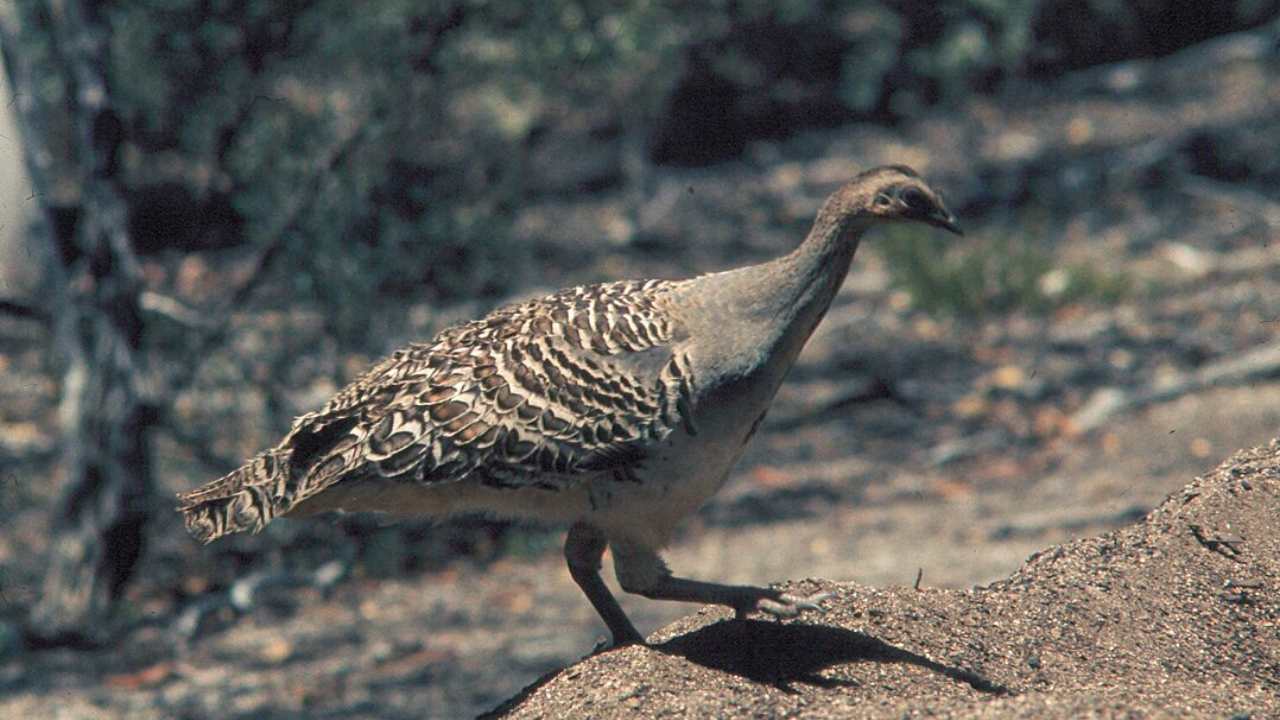
The Malleefowl, found in Australia, is known for its unusual nesting habits. Instead of building a traditional nest, the Malleefowl creates a massive mound of sand and leaves, which can be up to 5 meters wide and 1 meter tall. The birds use their powerful feet to dig a hole in the center of the mound, where the female lays her eggs. The decomposing leaves generate heat, which incubates the eggs until they hatch.
4. Edible-Nest Swiftlet
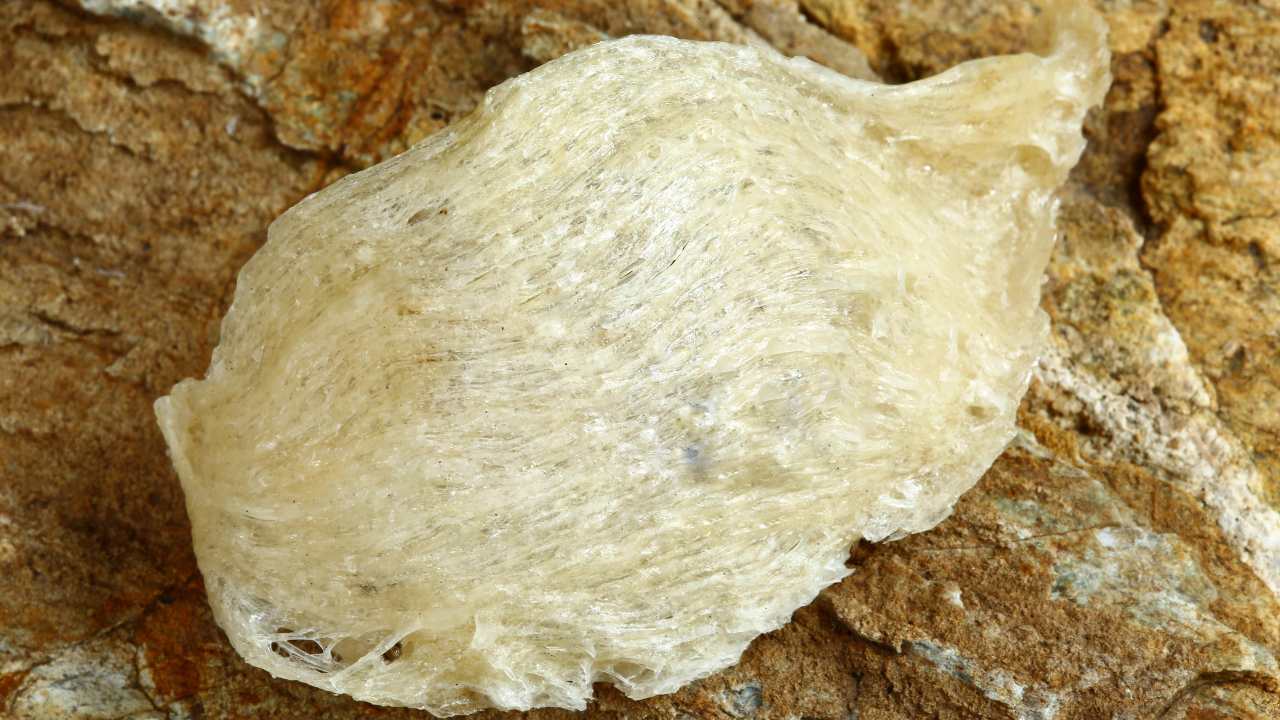
The Edible-Nest Swiftlet, found in Southeast Asia, is known for its unique nests made entirely from the bird’s saliva. These nests are considered a delicacy in some Asian cultures and are used to make bird’s nest soup. The nests are built high up on cave walls and are incredibly difficult to harvest. The demand for these nests has led to overharvesting and a decline in the Edible-Nest Swiftlet population.
5. Horned Coot

The Horned Coot, found in South America, is known for its floating nests. These birds build their nests on top of aquatic vegetation, creating a raft-like structure that floats on the water’s surface. The nests are made from reeds, grasses, and other plant material, and they provide a safe haven for the Horned Coot’s eggs and chicks.
6. Ovenbird
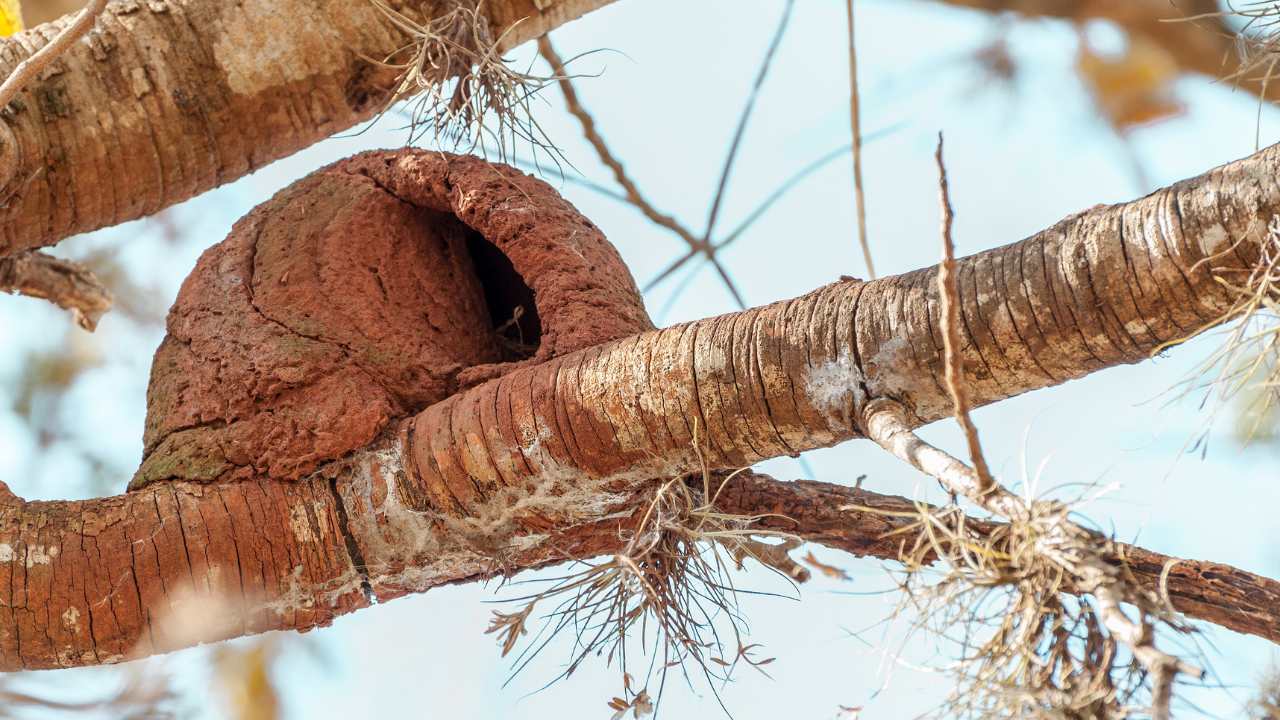
The Ovenbird, found in North and South America, is known for its unusual, oven-shaped nests. These birds build their nests on the ground, using grass, leaves, and mud to create a domed structure with a small entrance hole. The nests are incredibly well-camouflaged and can be difficult to spot among the leaf litter on the forest floor.
7. Red-Breasted Nuthatch
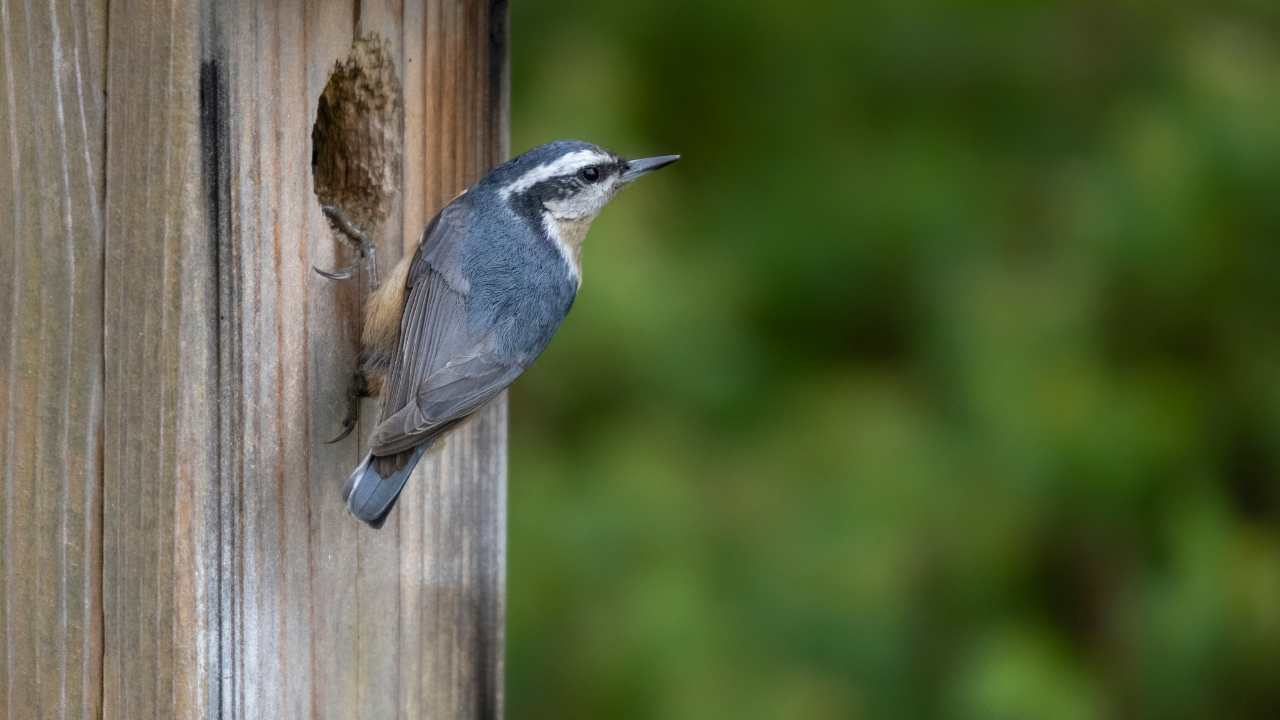
The Red-Breasted Nuthatch, found in North America, is known for its use of tree resin in nest construction. These small birds collect resin from conifer trees and use it to coat the entrance to their nests, which are typically built in tree cavities. The sticky resin helps to deter predators and parasites from entering the nest.
8. Hamerkop

The Hamerkop, found in Africa, is known for its massive, domed nests. These birds build their nests from sticks, grass, and mud, creating a structure that can weigh up to 50 kilograms. The nests are often built in trees or on cliffs and can take several months to complete. Hamerkops are known to decorate their nests with a variety of objects, including bones, feathers, and even plastic.
9. Montezuma Oropendola
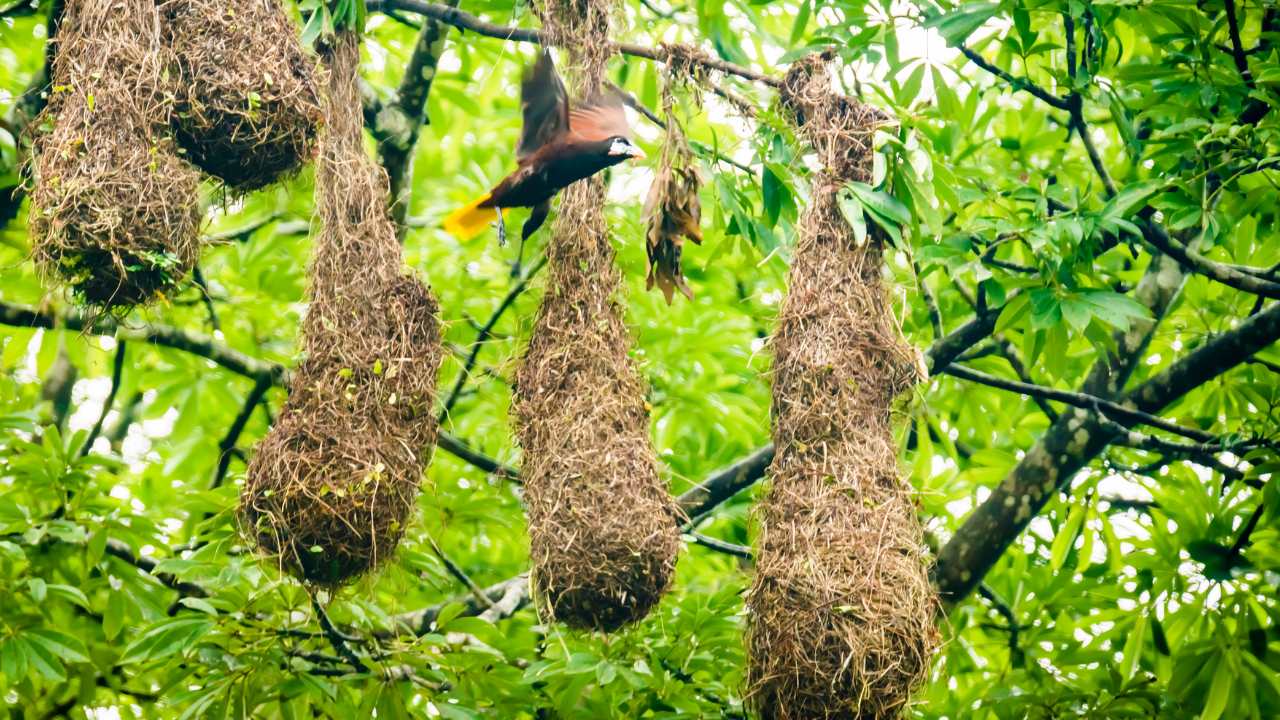
The Montezuma Oropendola, found in Central America, is known for its long, pendulous nests. These birds weave together grass and vines to create nests that can hang up to 6 feet from tree branches. The nests have a small entrance hole at the bottom, which helps to protect the eggs and chicks from predators. Montezuma Oropendolas often build their nests in colonies, creating a stunning display of hanging nests.
10. Satin Bowerbird
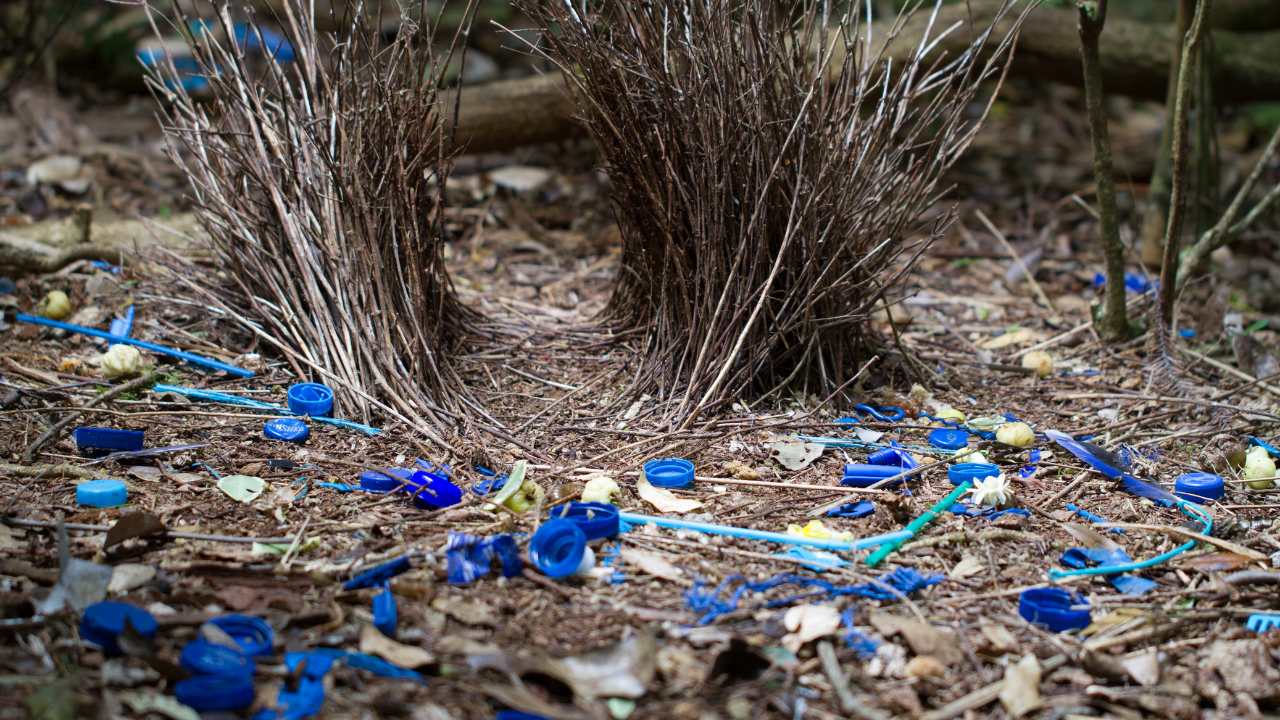
The Satin Bowerbird, found in Australia, is known for its elaborate courtship structures called bowers. Male Satin Bowerbirds build these structures from sticks and decorate them with blue objects, such as feathers, flowers, and even plastic. The bowers are not used for nesting, but rather as a display to attract females. The more impressive the bower, the more likely the male is to attract a mate.
11. Prairie Falcon
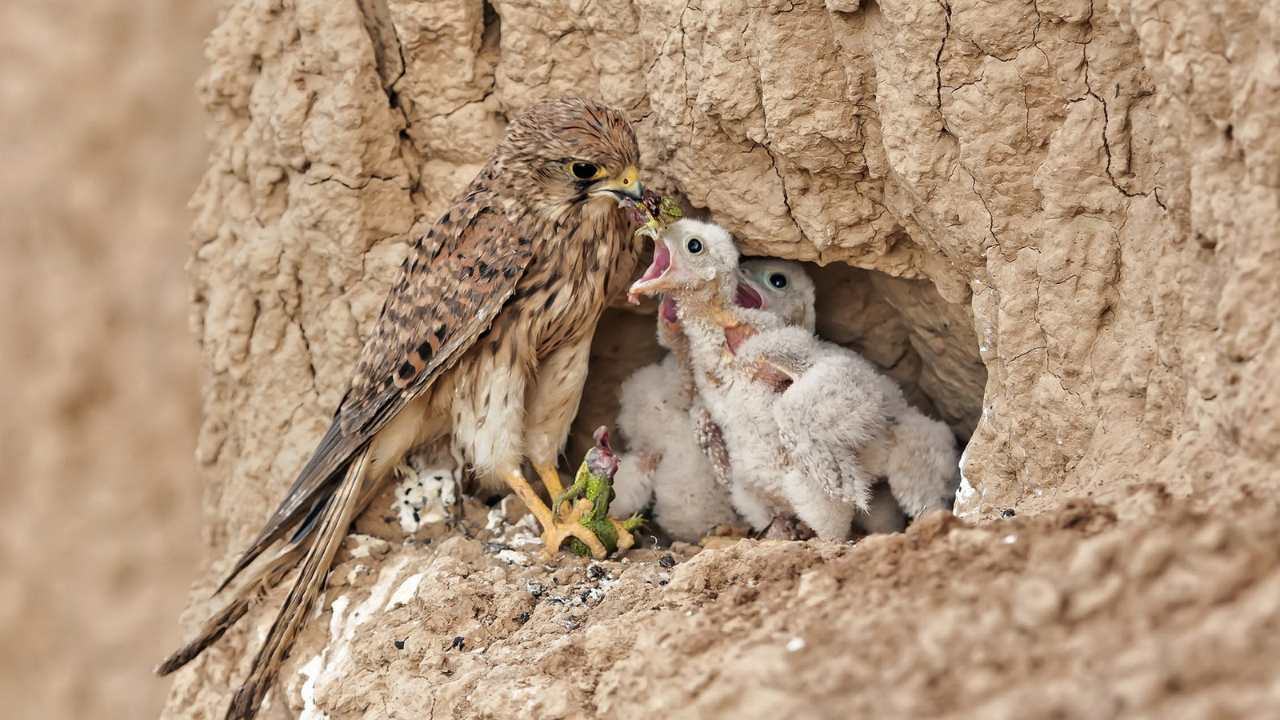
The Prairie Falcon, found in North America, is known for its use of abandoned nests. These birds do not build their own nests, but instead take over the nests of other birds, such as ravens or hawks. Prairie Falcons will often use the same nest year after year, making minor repairs and additions as needed.
12. Hornbill
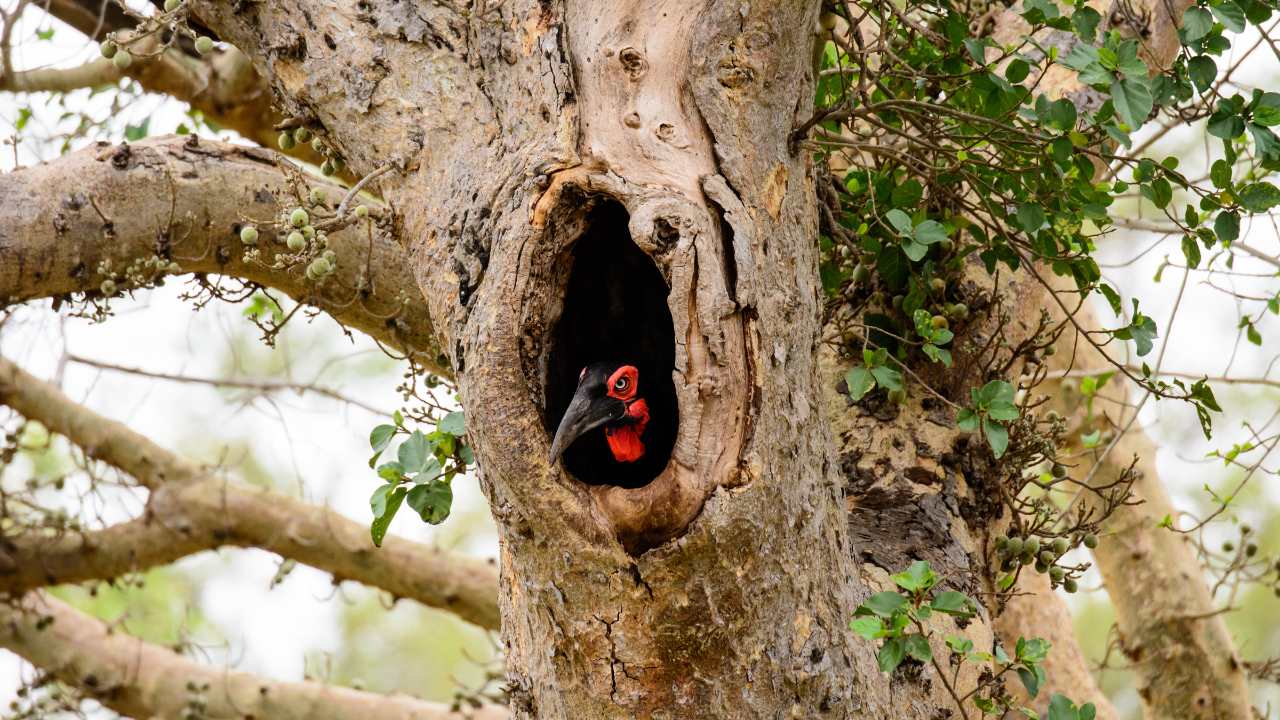
Hornbills, found in Africa and Asia, are known for their unique nesting habits. These large birds nest in tree cavities, but the entrance to the cavity is sealed off with mud, leaving only a small slit for the male to deliver food to the female and chicks. The female and chicks remain inside the cavity for several months, relying on the male to bring them food. This nesting strategy helps to protect the vulnerable chicks from predators.
Becky is a fervent wildlife enthusiast and pet care expert with a diploma in canine nutrition. Her love for animals stretches beyond the domestic, embracing the wild tapestry of global fauna. With over a decade of experience in animal welfare, Becky lends her expertise to OutlandishOwl through insightful articles, captivating wildlife information, and invaluable guidance on pet nutrition. Her work embodies a deep commitment to understanding the intricate lives of animals and a passion for educating others on sustaining natural habitats. Becky's hands-on conservation efforts and her knack for translating complex dietary science into practical pet feeding tips make her an indispensable voice for creatures great and small.

